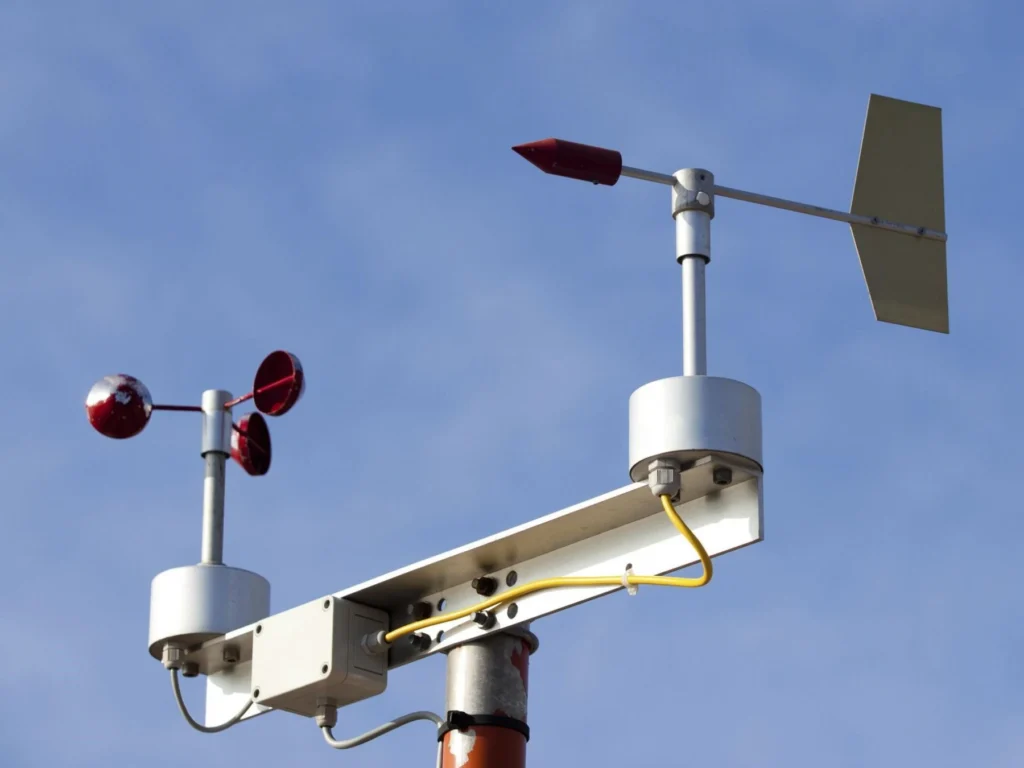
# Wind Measuring Instrument: Essential Tool for Accurate Weather Forecasting
Accurate weather forecasting is crucial for various industries, from agriculture to aviation, and one of the key tools in achieving this accuracy is the wind measuring instrument. These devices, often referred to as anemometers, play a vital role in gathering data on wind speed and direction, which are essential components of weather prediction models.
## The Importance of Wind Measurement
Wind measurement is not just about knowing how fast the wind is blowing; it’s about understanding the dynamics of the atmosphere. Wind patterns can influence temperature, humidity, and even the formation of storms. By accurately measuring wind, meteorologists can predict weather changes more precisely, helping to mitigate potential risks and plan activities accordingly.
### Types of Wind Measuring Instruments
There are several types of wind measuring instruments, each designed for specific applications:
– **Cup Anemometers**: These are the most common type, featuring rotating cups that spin in the wind. The speed of rotation is directly proportional to the wind speed.
– **Vane Anemometers**: These instruments measure both wind speed and direction. They typically have a propeller that rotates in the wind and a vane that aligns with the wind direction.
– **Sonic Anemometers**: These use ultrasonic sound waves to measure wind speed and direction. They are highly accurate and are often used in research and high-precision applications.
– **Hot-Wire Anemometers**: These measure wind speed by detecting the cooling effect of the wind on a heated wire. They are sensitive and can measure very low wind speeds.
## Applications of Wind Measuring Instruments
Wind measuring instruments are used in a variety of settings:
– **Meteorological Stations**: These stations rely on anemometers to provide continuous data on wind conditions, which is crucial for weather forecasting.
– **Aviation**: Airports use wind measuring instruments to ensure safe takeoffs and landings. Pilots need accurate wind data to adjust their flight paths and speeds.
– **Renewable Energy**: Wind farms use anemometers to assess wind resources and optimize the placement of wind turbines.
– **Agriculture**: Farmers use wind data to plan planting and harvesting schedules, as well as to protect crops from wind damage.
## Choosing the Right Wind Measuring Instrument
When selecting a wind measuring instrument, consider the following factors:
– **Accuracy**: The instrument should provide precise measurements to ensure reliable data.
– **Durability**: It should be able to withstand harsh weather conditions, especially if used outdoors.
– **Ease of Use**: The instrument should be user-friendly, with clear instructions and easy-to-read displays.
– **Data Logging**: Some instruments come with data logging capabilities, allowing for continuous monitoring and analysis of wind conditions.
## Conclusion
Wind measuring instruments are indispensable tools in the field of meteorology and beyond. They provide the critical data needed for accurate weather forecasting, which in turn supports decision-making in various industries. Whether you’re a meteorologist, a pilot, or a farmer, understanding and utilizing these instruments can significantly enhance your ability to predict and respond to weather changes.
Keyword: wind measuring instrument
